You may reach Dijon in the context of a trip to the Burgundy wine region, of which said city is its heart.
With about 150.000 inhabitants, and traditionally with agri-food industryFrom a tourist point of view it was an unknown city and in Paris route south through Lyon, travelers used to pass by.
For my part, I acknowledge that until my recent visit, my knowledge of Dijon was associated with his famous mustard.
Now more and more people visit Dijon with the initial interest of knowing the territory of the Burgundy vineyards that extends through the outskirts of the city, largely named after its declaration in 2017 as Heritage awarded by the Unesco.
All the information in detail
Curiosities of the history of Dijon
But one's own Dijon It has a special historical and cultural interest, as a base that was Duchy of Burgundy, whose rise I learned about during my also recent trip to the city of Mechelen en Flanders.
Looking ahead to your visit, I tell you that Dijon It has the advantage that its historic center is very easy to visit, since everything is very concentrated as a result of its urban configuration that dates back to a first wall from the 3rd century.
Known in the Middle Ages and City of a Hundred Bell Towers Due to the numerous churches and convents it houses, its wall had four gates and 33 towers.

After the arrival of Parliament to Dijon in the 16th century, numerous buildings began to be built manor houses that make up the most outstanding architectural heritage of this French city.
Now the Dijon historic center It is completely closed to car traffic and a few small ones circulate through it. minibuses electric vehicles whose use is free, while you can travel through the surrounding streets by trolley car.
Owl Route to visit Dijon on your own
For visit Dijon you can sign up for guided tours, but if you prefer to do it on your own, the advice is that in Dijon Tourist Office ask for the brochure in Spanish called The Owl Tour, which will serve as a guide to follow a tourist route through the city center.
The owl It is a stone figure that you can see on the facade of the Notre Dame church from the 13th century, which throughout the centuries has been considered a bringer of good luck.
The legend says that if you caress The owl With the left hand the wish you ask for will be fulfilled.
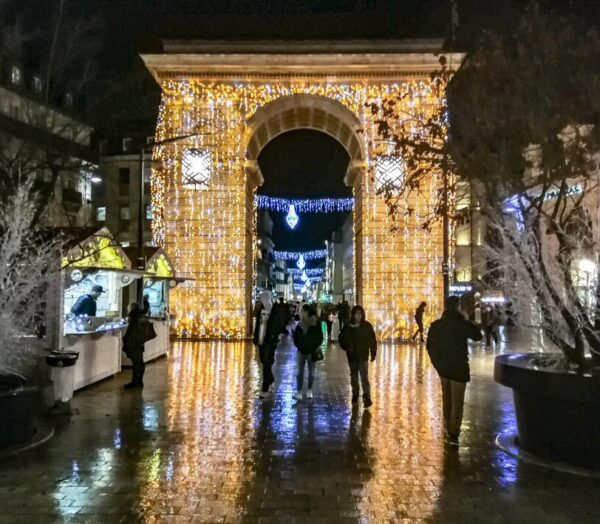
Now it is an iconic image of the city of Dijon, which is used to indicate the 22 stages of the tourist route through the most outstanding heritage sites of the historic center.
What to see and do when visiting Dijon
Below we are going to indicate some of the most notable places that you can see during your walk through the historic center of Dijon.
Guillaume Gate in Dijon
You will surely access the historic center through one of the emblematic places of Dijon, Arc de Triomphe from the 18th century known as Guillaume Gate.
Originally this gate was part of the city walls, and when these were demolished at the end of the 19th century, the arch remained as an isolated architectural element.
From there begins the Liberty Street, the main Dijon commercial hub that leads you to the historical heart of it, which is the Liberation Square.
Palace of the Dukes and Estates of Burgundy
In this wide square is the old Palace of the Dukes of Burgundy, a construction whose origins date back to the time when there was a Galloroman fort.
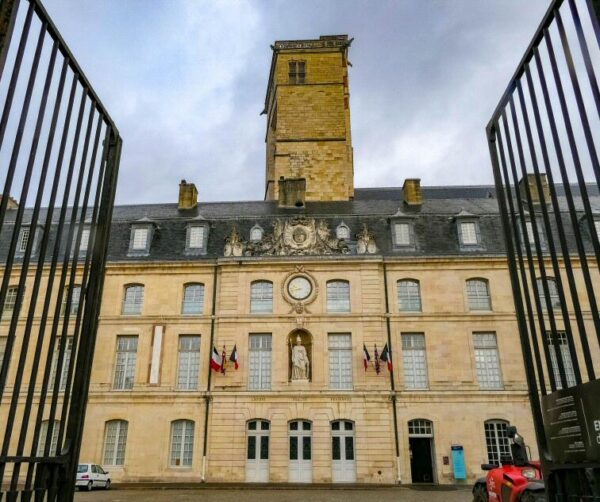
Rebuilt in 1366 by Philip the Bold, the one who was first Duke of Burgundy, this palace became the headquarters of the duchy.
After the creation of the states in France from the 16th century, in the following century a major reform was made with the construction of a new classical-style building in front of the façade of the original duchy palace, which has been preserved.
The already named Palace of States It was completed in the 19th century, and is currently occupied by the Dijon Town Hall and Museum of Fine Arts.
Tower of Philip the Good
The one known as Tower of Philip the Good stands up next to Palace of States, and at 46 meters it is the highest in the city.
ORGANIZE your TRIP
- Don't forget your TRAVEL INSURANCE with a 5% discount
- Book the HOTEL for your trip
- RENT a CAR for your trip
- The best TOURS and EXCURSIONS in Spanish
- NO-LINE TICKETS for museums and monuments
- Best FREE TOURS around the world
- Book your TRANSFER from the airport
- eSIM card with INTERNET at the best price
This tower was built in the 15th century on the base of one of the towers of the first wall of the French city, and was the expression of the power of the Dukes of Burgundy.

You can climb to the top of the tower to see the best views of Dijon.
Notre Dame Church in Dijon
Very close to the old Palace of States is the Notre Dame church, the most prominent in the city of Dijon, and where the aforementioned stone figure of The owl.
Built in the 13th century, this church shows a very peculiar façade, with rows of fine columns that in some way may remind you of the façade of the Duomo of Pisa.
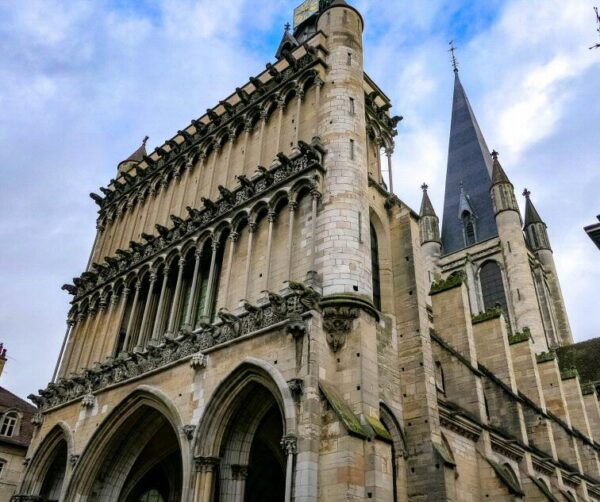
But the elements that stand out the most in this façade are its gargoyles, of which only some original ones from the 13th century are preserved, while the rest were sculpted and installed at the end of the 19th century.
Another notable element is the Jacquemart, a clock that in 1382 was captured by the Duke of Burgundy to the Belgian city of Kortrijk, and to which, over the centuries, other figures were added to the initial figure.
Palace of Justice in Dijon
He is known as Courthouse It was built in the 16th century as the headquarters of the Parliament which was established in Dijon with the arrival of the States.
Built in Renaissance style, these regional parliaments They controlled the power of the king.
This is reflected in the striking decoration of the door of the building in which the naked figure of the French king is seen with his head bowed, thus showing that he must have respect for the Parliament.

Church of Saint Michael in Dijon
Built outside the old medieval wall, the church of san miguel It was the only one that was not damaged during the revolution.
The building presents a mix of architectural styles, so that in the lower part of its façade there are Gothic elements, while the middle part has Renaissance influence.
Finally, the two towers are neoclassical.
Maison Milliere, medieval house
If you want to see a real medieval house in Dijon, that is the Maison Milliere, original building from 1482 with a façade of half-timbered wood and enamelled bricks.
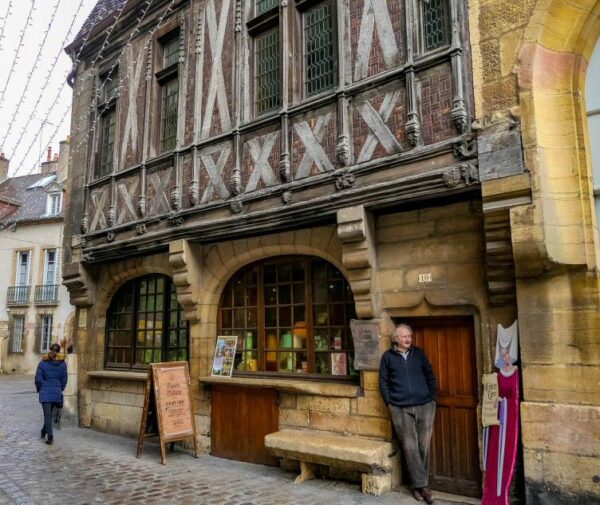
This house maintains the usual structure of the time, with a shop on the ground floor and the artisan's home on the upper floor.
Its current owner, Jean francois, very proud of his medieval house, points out that it has been the setting for the film Cyrano de Bergerac de Gerard Depardieu.
In the store you now find a corner that shows you how this type of building is built. half-timbered houses, with oak beams, wooden branches and the adobe that is distributed between said branches.
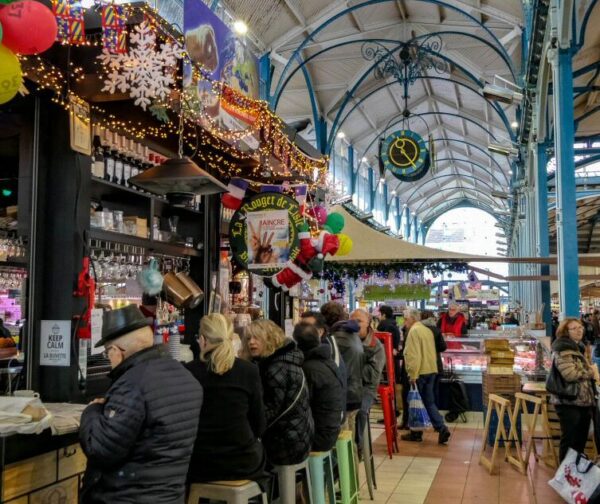
Les Halles Market, gastronomy in Dijon
As is usual when I visit a city during trips, in Dijon I couldn't stop visiting its main market.
The Les Halles market is located near the center Liberty Street and occupies the space of an old Jacobin convent whose cloister already housed a market.
The market has the characteristic metallic structure of the markets of the early 20th century, and as a curiosity I will tell you that for its construction Eiffel, born in Dijon, presented his architectural project, although it was not ultimately chosen.
Don't forget your Travel Insurance
Are you organizing your trip or getaway? Don't leave without take out your travel insurance before, and here we explain why. If you hire it with us, you have a 5% discount
The market opens on Tuesdays, Thursdays, Fridays and Saturdays, and in summer on Sunday mornings it is filled with tables to eat the typical brunch.
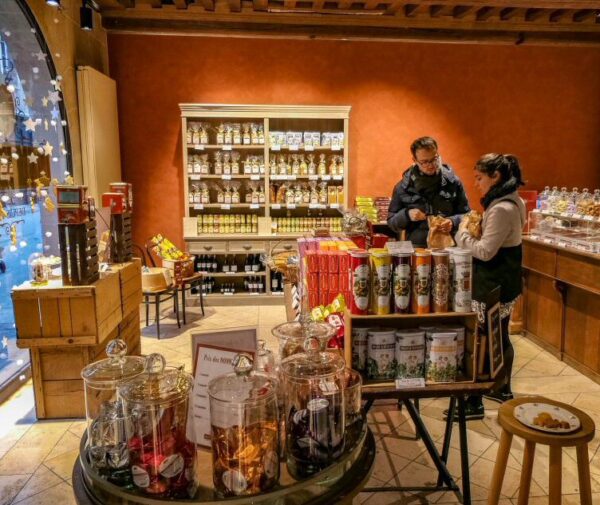
Among its various gastronomic establishments, worth highlighting Le Gourmet Dijon where they are made and you can taste various specialties from the region.
Shopping in Dijon, from mustard to gingerbread
Dijon It is one of those French cities that has as one of its attractions its charming and well-kept shops, where the gastronomy and local products occupy a prominent place.
On a walk through its historic center you can see, for example, the Mulot & Petitjean House, a family establishment founded in 1796 dedicated to the production of gingerbread, One gastronomic products most emblematic of Dijon.
The famous mustard also takes its place in establishments such as Millet, where you find an incredible variety of mustards.
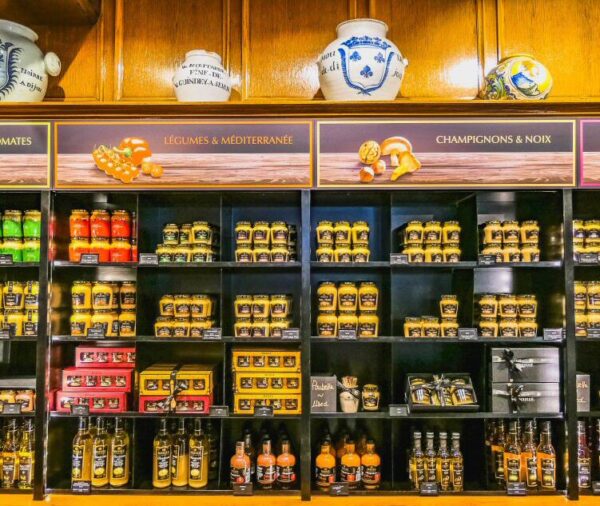
For its part, The Truffle Boutique, an establishment founded 50 years ago, is trying to move Burgundy the tradition of truffles in Italy.
Another notable type of traditional establishment is the White Cross Pharmacy, with its charming wooden façade and the offer of its own pharmaceutical preparations inside.
La Bruyas Hat Shop, founded in 1880, still sells the most traditional hats and caps.
And now with a much more modern style, you will surely like it. Bensimon, a home products design store located in an old 19th century haberdashery that preserves its decorated wooden ceiling.
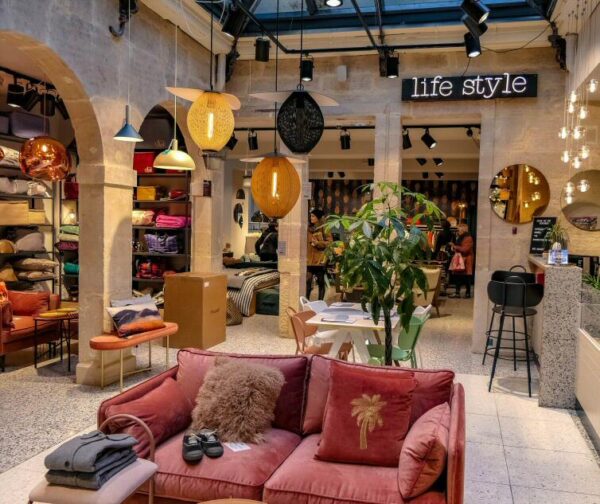
Where to eat in Dijon: restaurants that are worth it
Facing your Dijon visit, I am going to suggest two sites with very different styles.
For an informal meal with a menu of regional preparations, the Porte Guillaume Restaurant, in front of the aforementioned Arc de Triomphe.
And to taste in the city itself Burgundy wines, what better than him Wine bar Dr Wine, an informal tavern located in a 17th century mansion almost opposite the Notre Dame church, where you will try tapas of local specialties accompanied by said wines.
Snails, cooked ham or shredded meat in wine sauce are some of those gastronomic specialties.
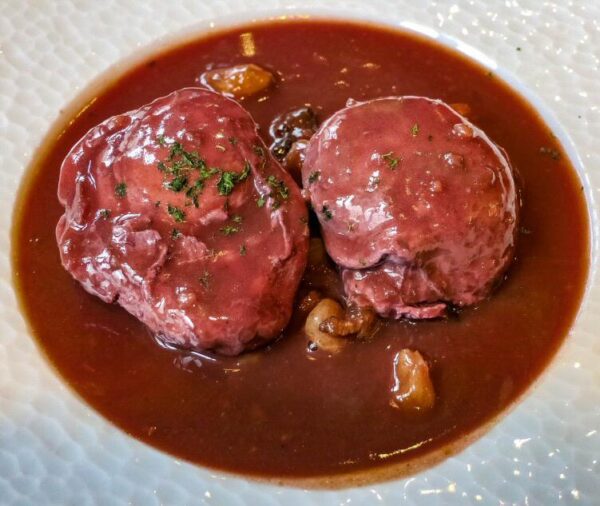
How to do a wine tourism route through Burgundy
As I have already mentioned, the visit of the Burgundy vineyards recently declared Heritage It is the main reason why visitors come to Dijon.
You should know that Burgundy wines They barely represent 3% of the total wine production in France, and they have been produced for 2000 years, since Roman times.
Book your hotel, 15% discount, free cancellation
When planning your trip, we advise you to, well in advance, Book your hotel now on booking.com where you can find discounts from 15% and you will have a possible cancellation for free
Burgundy It is a very small natural region with five wine regions, a land of peasants with family wineries and very fragmented vineyards.
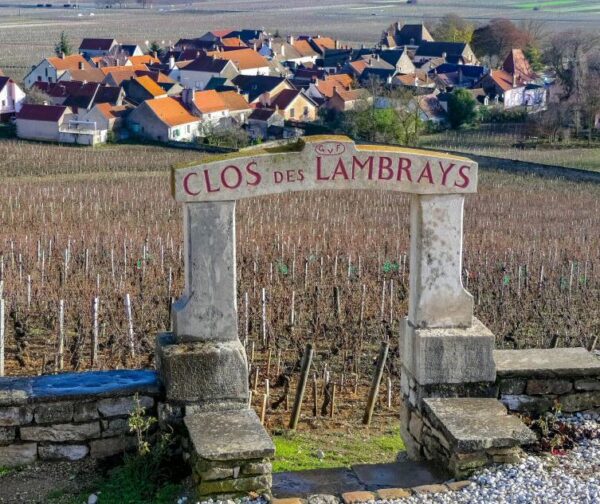
The current way of producing wines in this region was established by Cistercian monks in the 10th century, and a characteristic of them is that grapes are not mixed in their production.
Given the characteristics of the wine-growing area, the best way to know the Burgundy wines is pointing to this Burgundy Wine Tour which takes place in the nearby town of Beaune, lasting 9 and a half hours, and during which you will taste several Burgundian wines
There are two types of grapes used in Burgundy, Pinord Noir for reds for 1000 years, and Chardonay for whites.
During the route through the vineyards of the Côte de Nuits, around Dijon, I visited the Philippe Leclerc Winery located in a traditional 14th century house, in the small town of Gevrey-Chambertin.
The entire production process is artisanal, from hand-picking the grapes to placing the labels on the bottles, also by hand one by one.
In this small family winery, 40.000 bottles are produced a year with eight different wines, all made with Pinord Noir, but each one from different vineyards.
Burgundy wines are very expensive wines, as the cheapest ones can cost around 15 euros per bottle in the winery, and the most expensive ones can cost hundreds of euros.

















Comment